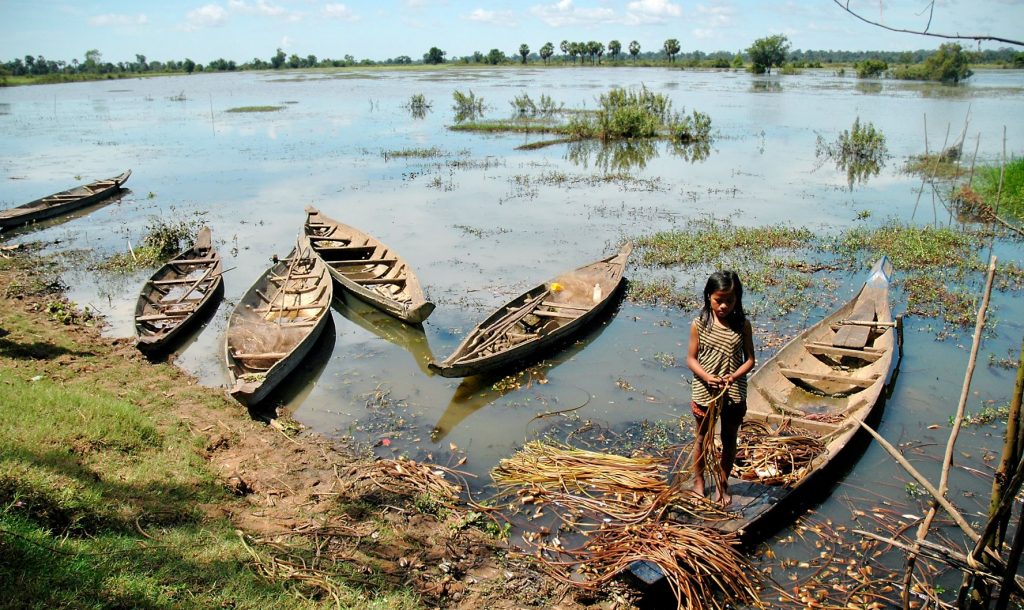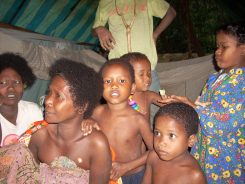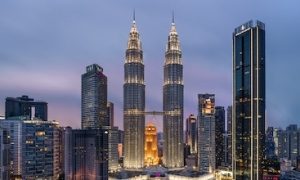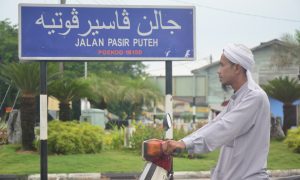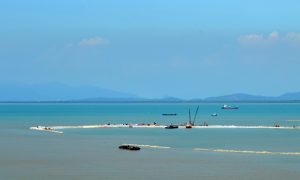This article is based on seminar titled “Other ways of remembering” which will be presented in the ANU Malaysia Institute Seminar Series 2021 on Thursday, 30 September, 2021 – 16:00 to 17:10 (AEST). You can register to attend the seminar via the event page.
If one definition of culture is shared and learnable knowledge, transmitted across generations in space and time, then memory is obviously a key concern for ethnographers. But there’s a problem in “capturing” memory. What people say they remember of certain events or episodes is different from what they actually remember. The former are their narratives or metanarratives, if you will, which involves representation in language and is “not just situated in [social] process, it is moulded and modified by it to a significant degree” (to quote Maurice Bloch). The latter, their memories, might not involve language at all. That aside, we contend with powerful exclusionary practices, the politics of forgetting. As anthropologist Geoffrey White puts it: “acts of representation are also acts of mystification, silencing, and exclusion.”
In remembering the past, selectively, some aspects will become marginalised. Marginalisation too is not just in who is remembering or what is being remembered, but also includes their memory practices. State-sponsored knowledge—as communicated through school curricula—tends to be homogenous, imposed, and is often experienced as such. The problem is that official ways of thinking tend to become normative, even hegemonic. In dominant modes of memory-making, memories are filtered through printed words, personality cults, commemorative practices, monumentalism, and the like.
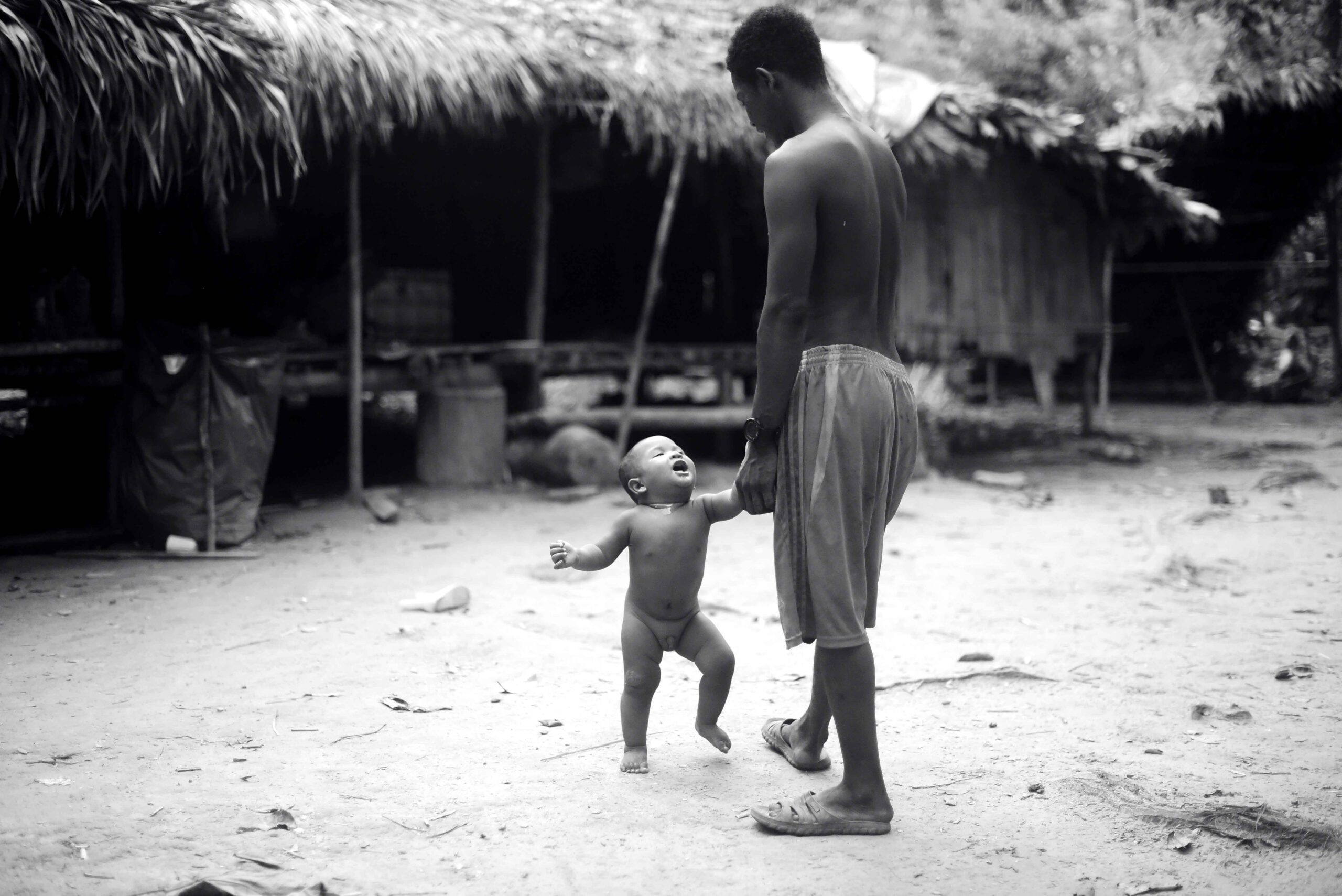
Fig 1. Local idioms of kinship are often discounted in national histories. A Batek child asks his uncle to pick him up, 2020. [Photo by Lye Tuck-Po]
The setting is Kampoeng Chheuteul, an agricultural village on the banks of the Stueng Saen River, which surrounds the Sambor Prey Kuk temple complex, Cambodia. The first time I saw Lake Chi-kay was early in my fieldwork, mid-October 2005. It seemed a huge body of water situated between the village and the temple complexes. Received lore was that the name Chi-Kay commemorates its origins: kay means “quarrying” and chi refers to “old people” or “ancestors”. In other words, villagers believed the lake was caused by the quarrying of soil for temple bricks.
It wasn’t until February that I finally located all the water bodies discussed earlier and could place these features on a map. By then, my knowledge of landscape included knowledge of neak ta: sites. Neak ta: (lit. old people) are commonly translated as village spirits. Altars for worshipping these spirits are found throughout Cambodia. On Lake Chi-kay, these sites have been documented by archaeologists as ancient remains. Shimoda Ichita (then of Waseda University, Japan) gave me an archaeological map based on 1992 aerial photos (in a lovely example of collegiality). I found the map a valuable resource for it gives a good birds-eye view of spatial relationships. However, as an archaeological map, it superimposes external knowledge onto the villagers’ landscape. As an anthropologist, I find the map necessarily lacking in cultural detail.
I recount all this to exemplify how landscape becomes legible to an outsider. It is made through practice: farming the fields, villagers uncover bricks and kilns; praying to ancestors, they become aware of cultural meanings; collecting firewood, they remember stories of ghostly encounters. As landscape is made through practice, so too memory. The past is all around, but not everyone is aware of it, or could decipher it. These stories may be shared by networks of people, but only long-term residents can interpret the broader social geography.
How about places as they are sensed? Events leave traces, but in this case the traces are material and sensorial. I call these marks “signals.” For this, we turn to Batek and Penan hunter-gatherers of Malaysia. (Batek are Orang Asli, Penan are not. Batek live in the Peninsula; Penan in Sarawak.)
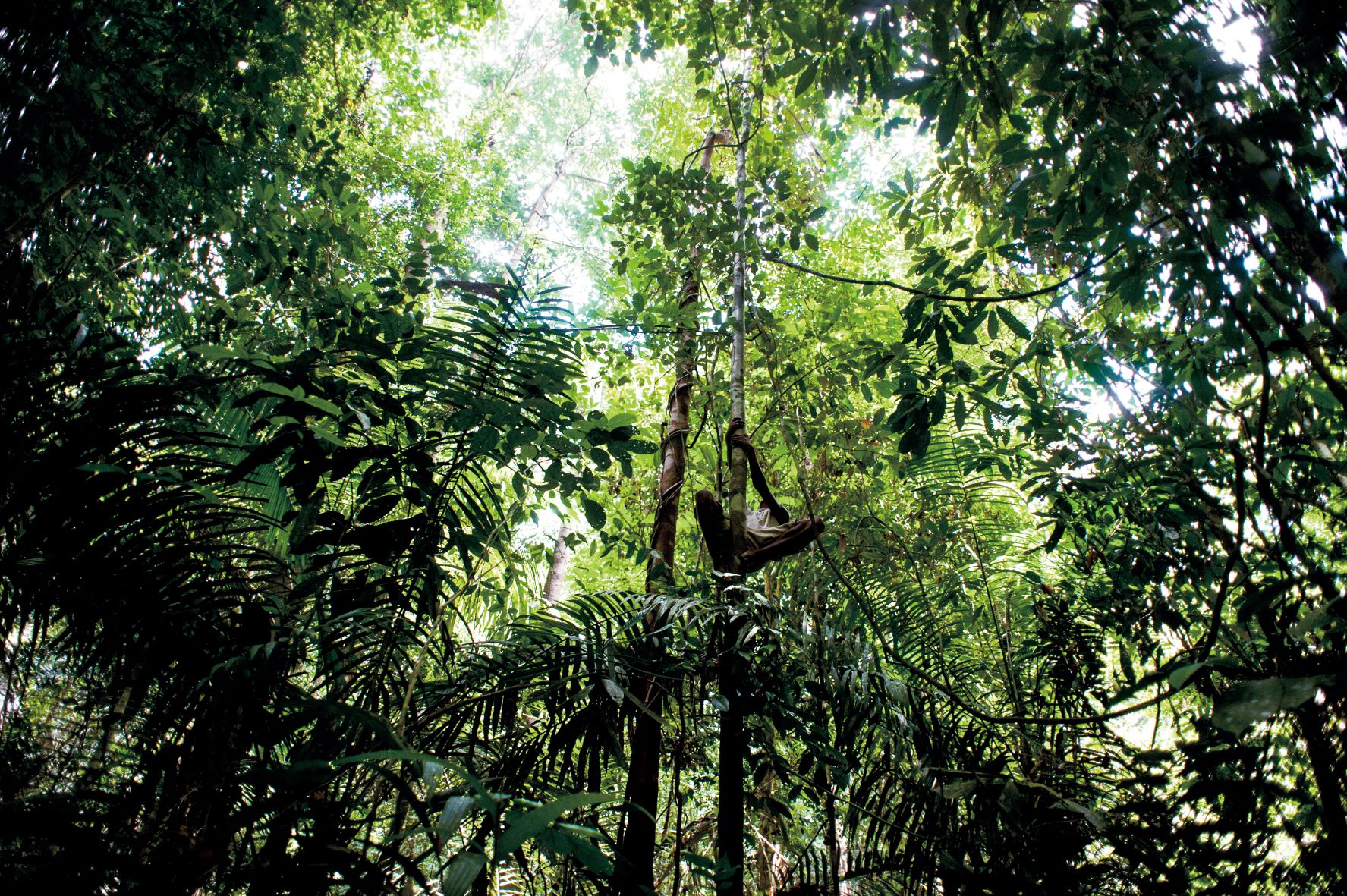
Fig 2. Landscape is made through practice. A Batek youth scales a fruit tree, 2014. [Photo by Lye Tuck-Po]
Penan and Batek also talk about their feelings: tawai for Penan, haʔip for Batek. These can be roughly glossed as feelings associated with nostalgia. I have described haʔip as “that inexpressible feeling of longing for something or someone that is absent.” For Penan, as the great anthropologist Jayl Langub puts it: “Tawai is an expression of nostalgia, fondness and longing for the landscape…Tawai binds the group and individuals to the landscape.” Haʔip can be painful but tawai (based on 2015 discussions with Eastern Penan) seems to be a wholly positive feeling that they treasure and fear to lose. It seems clear that landscape, memory, and sentiments are closely related.
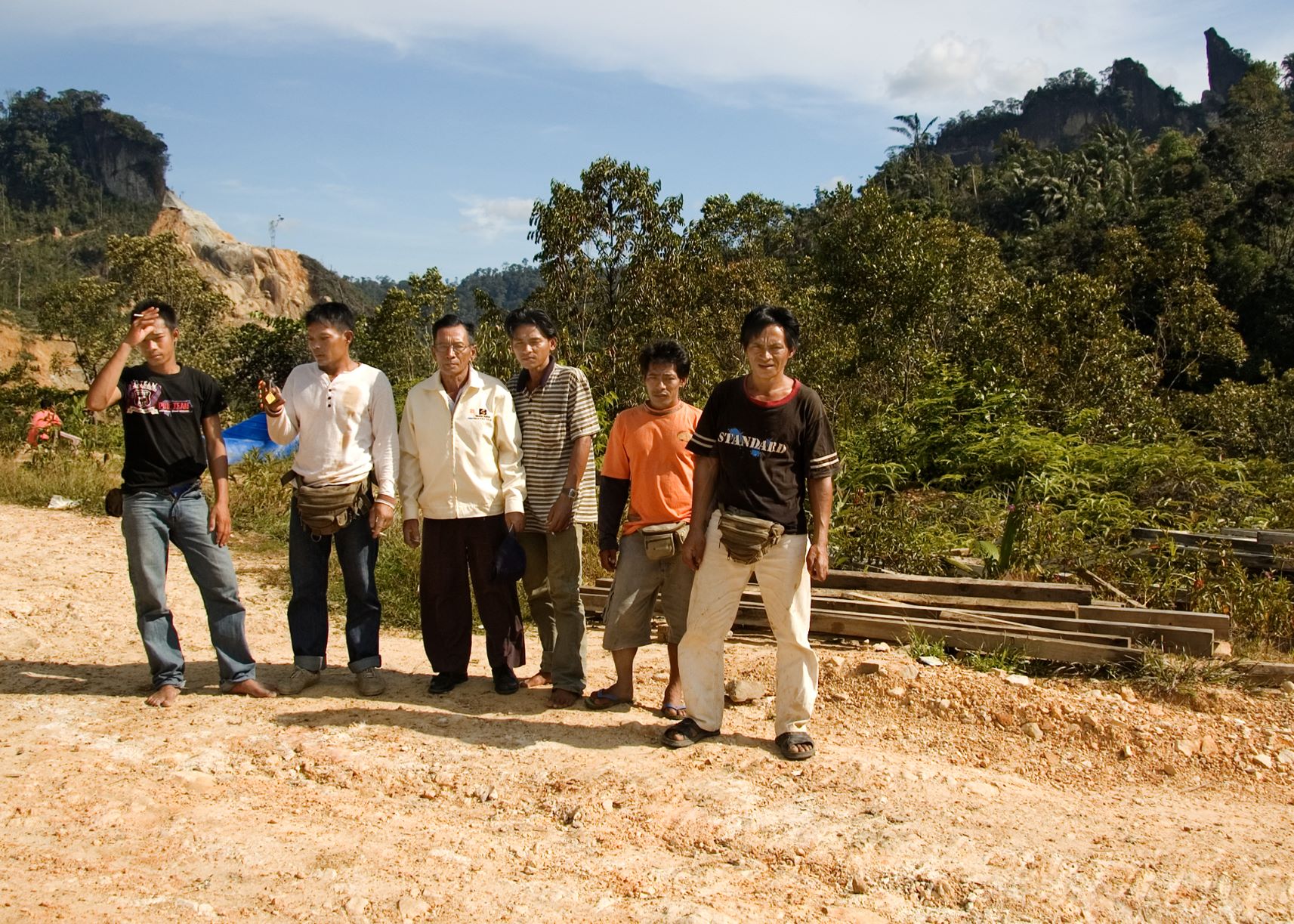
Fig 3. Pao Tului (third from left), the-then Penghulu (leader) of the Western Penan, posing with his relatives on the site of the Murum Dam. In the background are the landscape markers Batu Tao and Batu Tungun. The dam was then (2008) under construction. Six communities were displaced by the dam. [Photo by Lye Tuck-Po]
Landscape is integral to social and cultural process, but social process is what gives landscape its character, and it is through social process that cultural memories can be uncovered. Everyday talk becomes a source of history: who came by, who stayed, and who has left. For local peoples, their ways of remembering—their practices which make the landscape a home—are only likely to bring attention when deemed (by outsiders) to be destructive, e.g., if it involves forest clearance or capture of endangered animals. Up until now, activities with a high mnemonic content, such as the Batek’s replanting of wild yams, are largely documented by anthropologists only.
Public shock should be channelled towards real empowerment of indigenous communities.
Death amid oil palms: Malaysia’s Batek Orang Asli health crisis
While analysing the Batek’s environmental discourse, I was struck by how often the word for “remembering,” ʔiŋit, occurred. For example, “We remember the old people. Their burials are here, here is where we remember the paths. This place is our heritage.” ʔiŋit is a loanword from Malay. Using loanwords usually suggests that some historical shift has occurred, in this case, the shift from remembering as a cognitive process (for which indigenous words are available) to, perhaps, remembering as politics. (A glossary of Batek lexicon is available here.)
Do local peoples—hunter-gatherer, farmers, and others who are “missing” from historical records—remember in the same way? In subjecting memories to maps, we (for I am implicated here too) alter the knowledge by the very act of documentation.
Among Penan and many other indigenous peoples, local cartographies, originally transmitted orally and through bodily practices, are now being committed to paper, in order to render their land claims legible to the state. This may be necessary and even essential but it contributes to the marginalisation of their local ways of remembering. Indigenous memories—originally fragmentary stories—have to be made “narratable” so that they can be communicated elsewhere. In local practice, stories only come out fully when relatives are together, each one adding something particular to a shared narrative. Once all of this is written down, we lose the performative aspect of sharing.
So how would it be beneficial to participate in constructing memories? The most obvious is that establishing presence is one way to establish claims, to counter land displacement (see Figure 3). Discussing the physical context of remembering offers a corrective to dominant modes and contributes to building a collective historical imagination which recognises diversity in ways of thinking and remembering.
 Facebook
Facebook  Twitter
Twitter  Soundcloud
Soundcloud  Youtube
Youtube  Rss
Rss 